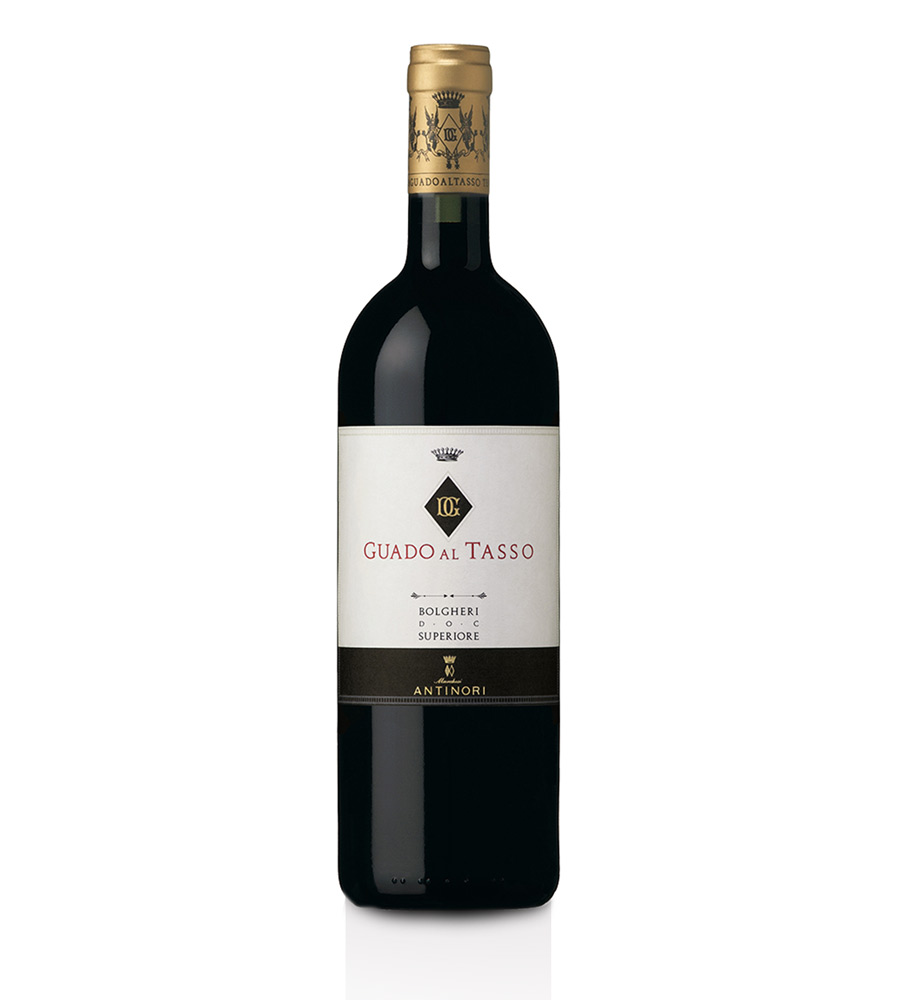Antinori
A blend of Cabernet Sauvignon, Merlot, Cabernet Franc and occasionally a small amount of Petit Verdot to best represent the complex and elegant terroir found in Bolgheri. This wine has been produced since 1990 from vineyards on alluvial soils whose composition ranges from clay-sand to clay-loam with rocky deposits known as “scheletro”. Upon arrival in the cellar, grapes were sorted on two separate occasions; once before destemming and again immediately after to guarantee that only perfectly ripe berries reached fermentation vats. Each single vineyard parcel was subdivided into smaller blocks and grapes were harvested separately based on climatic trends and individual characteristics of each grape variety and then fermented separately. Fermentation and maceration took place in temperature controlled stainless steel vats for 15-20 days. After racking operations, the wine was transferred directly into barriques where malolactic fermentation was completed by the end of the year. In February, we selected wine from the very best vineyard blocks and made the final blend. Guado al Tasso was then transferred into new French oak barriques where it aged up until bottling in July 2019.
Allergens information
Contains sulphites.
SKU: 101602


